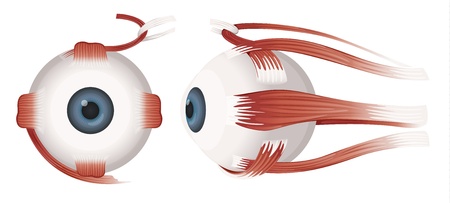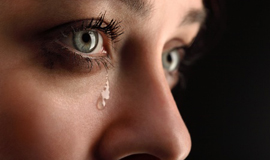Resilient vision for a digital life
Simple techniques to relax the eyes:
Following a wellbeing talk I gave recently on vision, here are notes and tips on looking after your eyes.
Synopsis
Looking closely at the way in which eyes work I have outlined the issues relating to visual perception and static screen time. Below I share some useful tips and tricks to help your eyes work less, as well as giving practical techniques for learning to rest the eyes, helping to building resilience and longevity for the entire body.
The talk was split into two 25 min parts: presentation and experience, using the pomodoro technique (see below).
The Talk
After a brief introduction to me and to somatic movement, we looked at the rise of screen time in the digital age. From increased internet use and growing preference towards mobile technology, to mapping our own experience of screen usage within our own life times. Then looking ahead to see how younger generations are continuing this trend.
Looking at the muscular structure of eyes, and how muscles work, I covered some key concepts about the importance of active muscles in the body and at the possiblity for the body to get stuck in habitual patterns. Thomas Hanna (founder of Hanna Somatics) coined the term sensory motor amnesia to describe The inefficient patterns of muscular activation that are so habitual you can't sense or control them
Tracing muscular activity back to nerve impulse and the need of muscles for stimulation by the nerve, As Deane Juhan says in Job's Body: Muscles require the constant play of electrical energy that it receives form its motor nerve just as much as it requires glucose or oxygen, with out its neural partner, a muscle cell cannot survive


We often think of vision being like a camera, it offers us a snapshot of reality. However, perception is a bit more complicated. It is true that light comes in through the lens of the eye, and falls on the back of the retina, but this is jsut the begining, the retina has 130 million photo receptors, and there are billions of neurons and trillions of synapses involved in vision. Neuroscientists say we are creating every shape, colour, object and movement we see in the moment, and that our vision is just one part of reality.
TED talk about perception of realityScreen time changes your tear fluid, making it harder to produce tears, so important for our wellbeing as Shakespeare says: To weep is to make less the depth of grief Fluid support is essential to healthy eye function. The eye is surrounded by fat, a semi viscous fluid. Each cell of the body is composed of about 70% water, and the cellular structures of the eye are continually supported by the fluid network of blood capillaries, bringing oxygen and nutrients and removing waste products and carbon dioxide.

Our eyes lead the rest of the body, and vision, along with the other senses can support movement. So it is important to be aware of when we focus on one thing for too long or get into bad habits of engaging. For example when you next check your phone, then check your posture. Vision has recurring effects on our entire posture as well as other parts of our lives. The production of Melatonin a hormone secreted by the Pineal gland (at the back of the brain), which helps regulate sleep cycles and menstrual cycles, is disrupted by increased artificial light.
Tips
A selection of useful links and helpful tips:
Environment
- Flux - Free software that gradually and imperceptably changes your monitor settings (screen brightness) for different times of day.
- Keyboard short cuts - Get to grips with short cut keys.
Breaks
- Pomodoro Technique - focussed bursts of concentration, interspersed with short breaks.
- 20 x 20 x 20 - every 20 minutes look at something 20ft away for 20 seconds.
Exercises
- Mobility and stretching
- Focus and blinking
- Flexibility
Further Help
- Bates method
- Eye strain tips
- Embodied Presence - somatic teachers soon to be offering a series of classes working with the eyes.
Experience
The second section of this talk was experiential, engaging with the tissues of the eyes as well as the visual processing part of the brain. It was split in to four main exercises
Focus, peripheral vision and relationship to the spine
Bone mapping - meeting the structure of the eye sockets
Supported movement - finger tips on eye lids, looking in different directions
Palming and fluid support - moving the skull round the eyes
Book your talk now
If you know an orgnisation or comunity group that would be intereted in this or a simalar talk for wellbeing please get in touch tel: 07805762998.